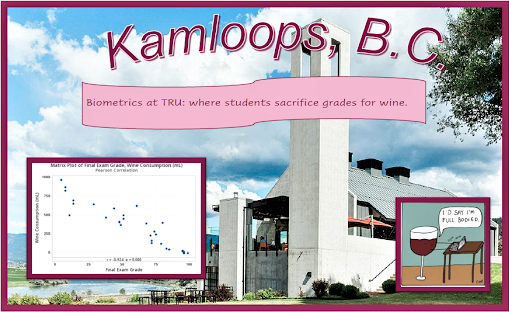When creating this project, Nancy had two main goals:
- To get students to see how statistics relates to real life.
- To get students to be able to explain a test briefly (on the back of a postcard) and simply (so that a non-statistician could get it).

The students did amazing things. They did serious biological things like looking to see whether the cold water river could support benthic macroinvertebrates with the tests they’d just learned, it was very cool. The whole point is, it’s not just magic. It relates to your life. That’s the point.
Nancy Flood

The students were asked to articulate what is great about a test they like–what they can use it for and why it is useful. Then they were given the task of finding some data related to their home (either their hometown or TRU) and using this test to analyze it–then explain it in simple words to, say, their mother or a friend not taking statistics.
When completing the project, challenges Nancy faced included developing a grading rubric and explaining what a post card was to a generation that hasn’t necessarily seen them.
This project provided an opportunity for students to participate from home during COVID-19.
